LIEPĀJA, Latvia — A remarkable transformation is underway in the former soviet area of Karosta in the coastal city of Liepaja, once sealed off from the public. The process of imagining a future for the region and the new generations reveals the transformative power of culture
Karosta, a former military base that spent decades shrouded in secrecy, is shedding its reputation as a neglected, crime-ridden wasteland and embracing a new identity as a habitat of natural beauty and artistic energy.
It's all part of an ambitious pilot project led by the Liepāja municipal Department of Culture, which harnesses the power of local community coalitions and artistic interventions to celebrate Karosta's rich biodiversity and rewrite the narrative around this once-shuttered neighbourhood.
The Liepāja Karosta covers about a third of the city’s total area. Built as a military base at the end of the 19th century on the Baltic Sea coast, the Karosta was a restricted access area for Liepāja residents until the 1990s.
Following the collapse of the Soviet Union in 1994, the Russian army withdrew from the area to Kaliningrad. It left behind elderly relatives and civilian service personnel who had little understanding or interest in the processes and legislation of the new Latvian state. Thus, Karosta remained a socially segregated residential neighbourhood for almost fifteen years.
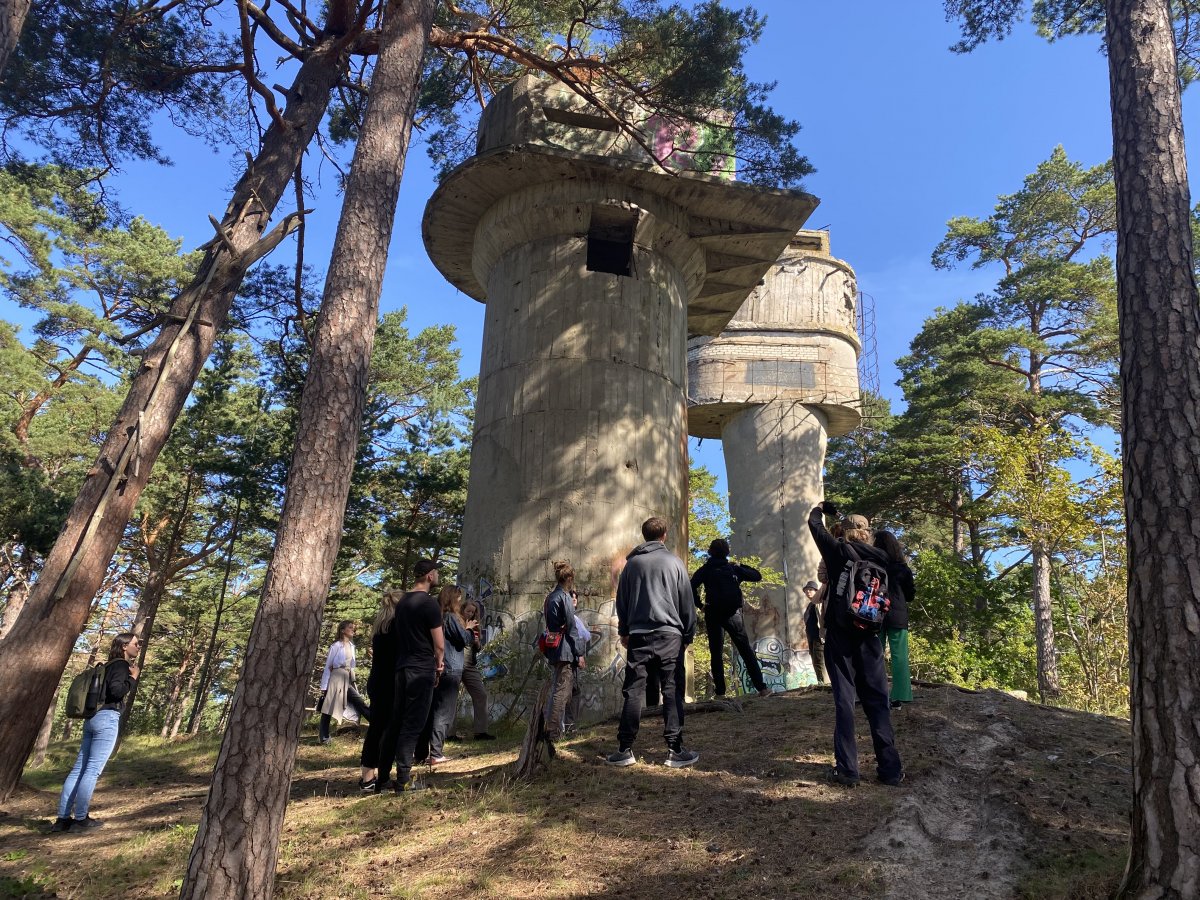
Nature’s work
Forested marshland and dune areas, together with grassland, cover much of the Karosta area. Wooded areas hide different military sites abandoned by the Soviet army, gradually being reclaimed by nature and sheltering various species of animals typical of the Karosta, such as bats. Even many locals in Liepāja know little about it and rarely visit it.
“The stigmatisation of the Karosta as a risky social environment is topped with coastal erosion, which is transforming not only nature but also the military heritage, which is the main drive of its identity,” says Agita Auza, the project coordinator from the Liepaja City Culture Department.
"Empty buildings, including military facilities, were left in the Karosta, vandalized and looted, slowly decaying and deteriorating"
Assessing and mapping the Karosta area and its residents' perceptions of this environment in the summer of 2023, the municipality concluded that the biggest challenges in the Karosta were the lack of gathering and recreational places—especially in terms of cultural events.
Proximity to the sea and the vast natural areas, along with the largely unexplored military heritage, offers great recreational opportunities in the Karosta, which are not seized. In other words, where stigma created the impression of a dangerous, degraded area, the municipality saw potential. To reach that potential, the place needed to create strings and connections out of the symbiotic and complementary links in ecosystems—between different environmental actors, between past and present, between nature and culture, overcoming physical barriers, distance, and prejudices.
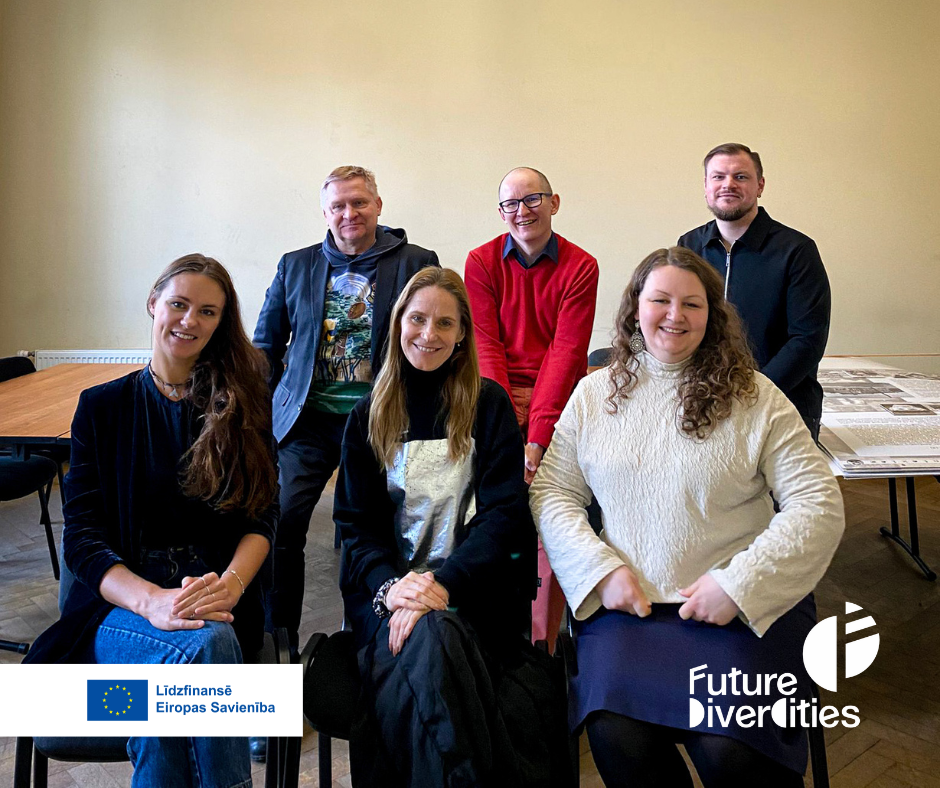
A passage to the future
When the municipality's Culture Department team was preparing for the strategic planning period of 2022-2027 and the European Capital of Culture 2027 application process, researchers conducted a comprehensive study of the social and economic cultural impact on Liepaja.
The baseline analysis revealed several key insights about the city's cultural landscape, despite the project not being confirmed at the time. It highlighted the need to decentralise culture from the city centre to different neighbourhoods, and cultural non-governmental organisations expressed a strong desire to improve the situation in Karosta.
The research emphasised the need to reshape residents' understanding of Karosta as a safe neighbourhood that connects rather than separates parts of the city. But how would that philosophy play out in the vacant space? “What will be the real impact, what will be the changes, how will we measure them, what is the real problem we will solve with interventions, and how will we reach the local Karosta’s inhabitants?” Agita was wondering.
Enter the expertise of Adam Jagiełło-Rusiłowski, an educator and changemaker from the INNOCAMP.PL network in Poland, who helped the Liepāja team uncover a powerful narrative arc to guide their work: transforming Karosta from the closed military “beast” that once was to the natural and cultural “beauty” its younger generations deserve. Through the EU funded project Future DiverCities, Adam used the transformative power of culture to help the people imagine a different future for the region and the younger generations. A "beautiful" one in the place of they feel to be what he calls a "beast".
"By embracing that duality and empowering the community to shape their narrative, we believe we can create something truly special here: a model of sustainable, inclusive urban development"
Before Adam arrived, he had expected tensions related to the Soviet past or the Russian-speaking population in Latvia. He was unsure how deep they could go regarding social transformations without touching any open wounds.
“I was struck with the courage Latvians faced in the past and their determination to build an inclusive society through creativity and change-making. I was able to focus on very specific advice they could use in Liepaja” he remembers.
The Rebirth Story archetype resonated with the community in Liepaja. “It captured the juxtaposition of Karosta's past and present—the coexistence of architectural decay and ecological vitality, of trauma and potential. Now, our goal is to use art and collaborative action to celebrate this transformation and change the mindsets of both locals and outsiders” Agita explains.
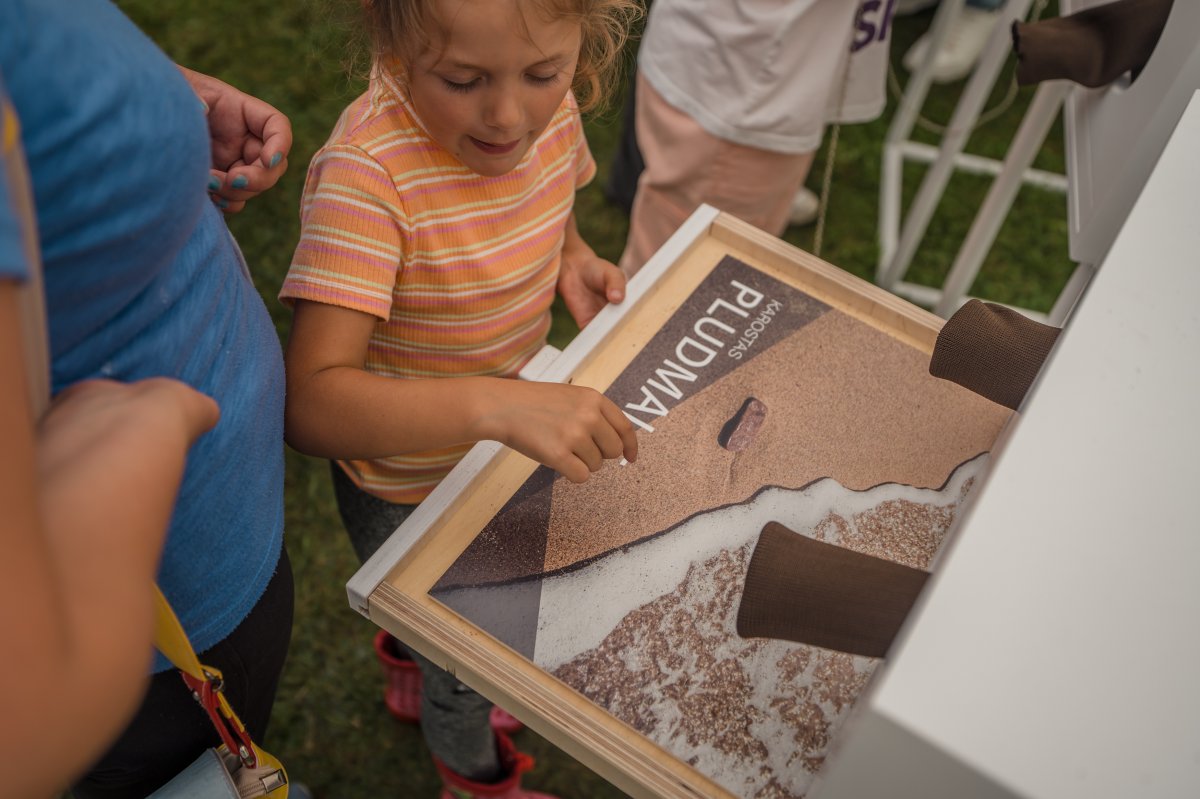
The kids know
The group that knew the place best was the kids who played in Karosta's abandoned places; they were coming from families with social risk, and Karosta was their hideaway place. Of course, it was impossible to work with children, so in June 2023 the municipality invited the first group of residents to map and assess the state of the environment and development opportunities.
They identified opportunities for environmental development through sound art, augmented reality, sports and meditation trails, and workshops on using nature’s rich offer. Physical structures and permanent interventions are not mentioned, emphasising that the area should be left to nature. And now the deeper work started.
A 10 km long Trail, which extends into both the dune zone and the marshy areas, was selected as the key location for the artistic interventions. It is covered by several military structures built during the Russian Empire, such as fortifications, ammunition depots, hangars, and range finder towers. It was named the Freedom Trail to commemorate the Freedom Struggle of 1919 against the German military forces led by von der Goltz and Bermont-Avalov.
"Diversity is natural. When we first invited locals to map and explore the Freedom Trail, many were struck by how little they knew about this area despite living nearby"
The Freedom Trail also passes through a rare biotope in Latvia—a mire. Mires are a type of wetland area formed by alder and birch trees. Their roots stay in the water for a long time during the cold season, creating a habitat for a great diversity of species.
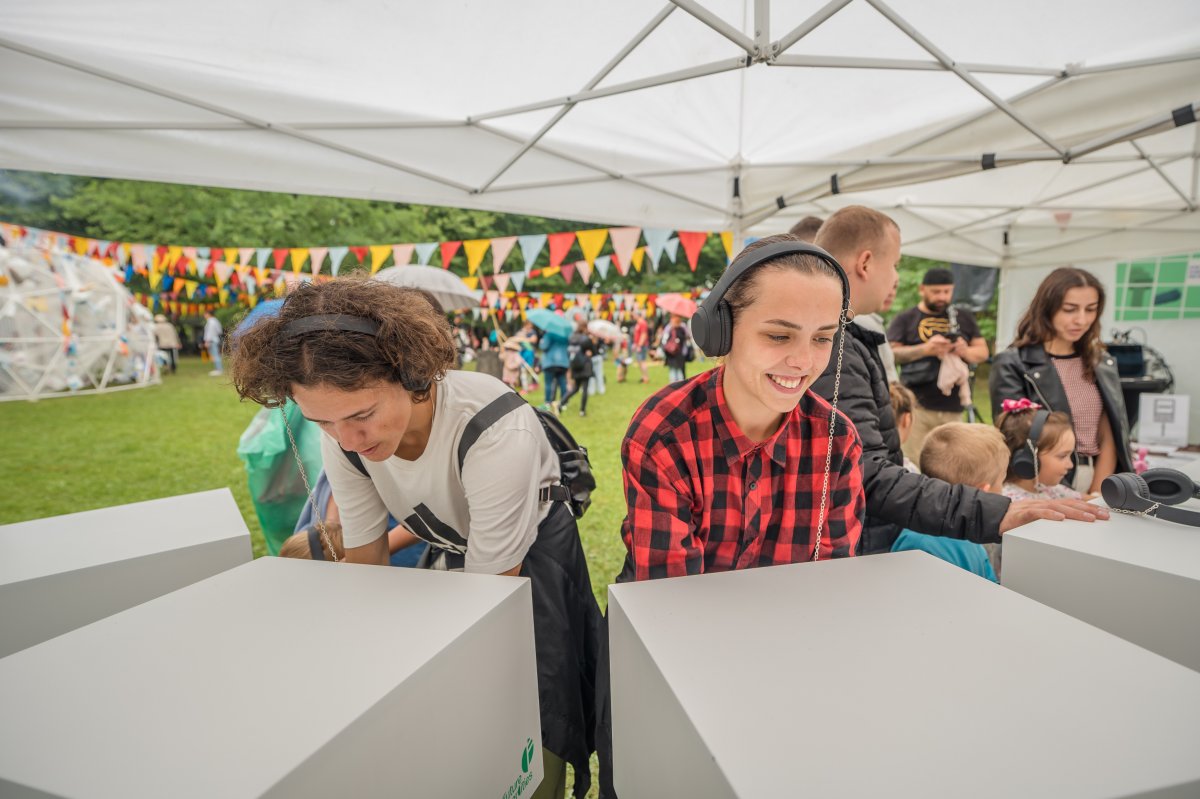
“When we first invited locals to map and explore the Freedom Trail, many were struck by how little they knew about this area despite living nearby,” Agita remembers. “Simple things like the lack of tactile stimulation underscored the need for more immersive, embodied experiences of the space.”
The project assembled a diverse coalition of stakeholders, from municipal agencies to grassroots organizations, all working together to shape Karosta's cultural and environmental future. This includes groups like the “Karosta Rescue Organization,” the “Fortress Community,” and the “Awakening Garden” cultural hub — each bringing unique perspectives and resources to the table.
“At first, everyone was kind of operating in their silos, but Adam's workshops helped us forge a shared vision and common language,” Agita said. “Now, we're coordinating our activities, amplifying each other's work, and building a more cohesive cultural program for the entire neighbourhood.”
The narrative framework Adam provided allowed the coalition to move to practical steps quickly. In July, based on research, they exhibited materials from the area to the city centre during a festival, allowing local inhabitants to experience everything with all their senses.
They conducted interviews, capturing powerful moments like an old gentleman who almost cried when he remembered visiting a place connected to his grandfather's memories. Young people were also deeply engaged, feeling connected to the space's history.
They used simple mapping activities, printing huge maps and asking people to mark beautiful and dangerous locations. Interestingly, people often marked the same spaces as both beautiful and dangerous — like the beach and old military infrastructure.
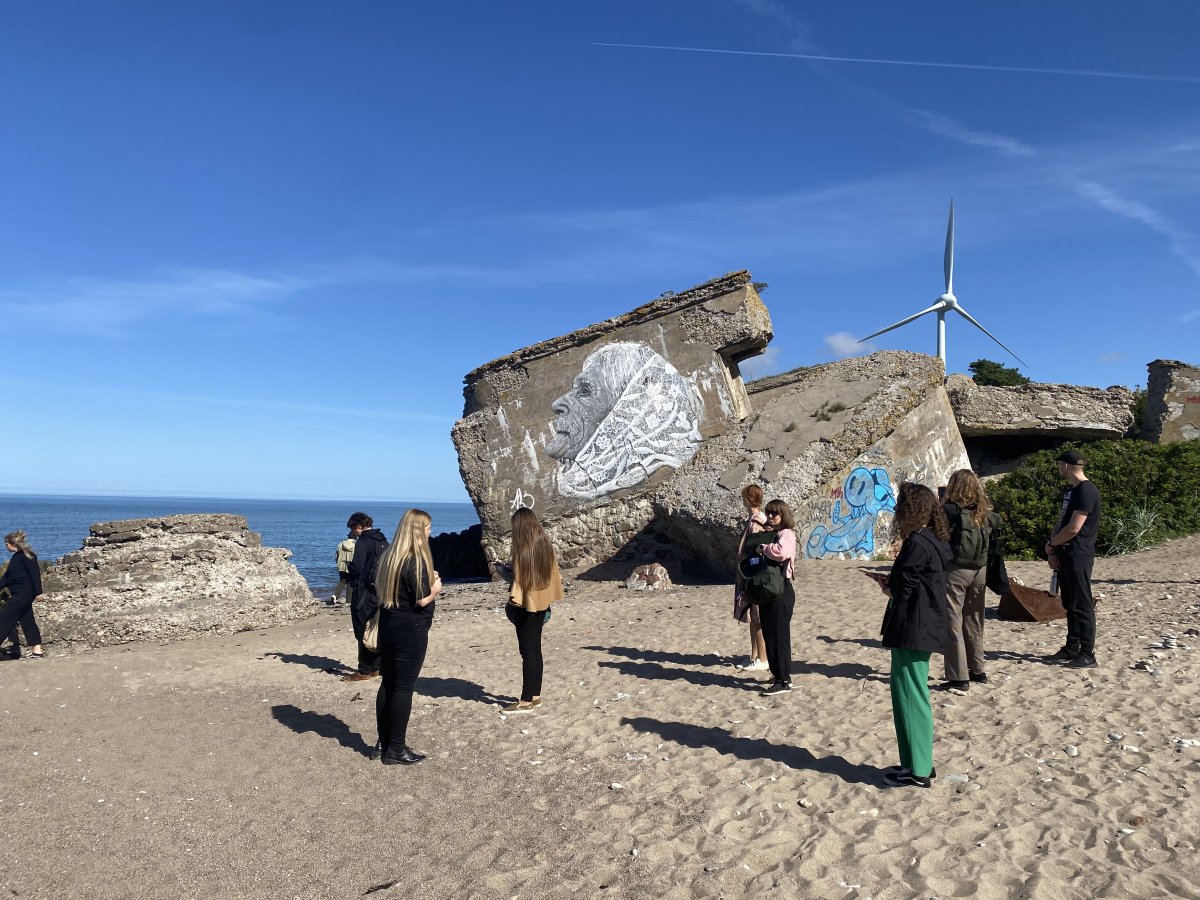
Fear and hope
The interviews and mapping revealed that beauty in Karosta isn't harmonious, but more about inspiration and emotion. Even school children, typically disinterested in history, felt deeply connected, experiencing history with their whole body.
Today, Karosta is a part of the Liepaja Special Economic Zone, which attracts tourist interest. Influenced by nature and human activity, the ex-military structures, with their industrial development, transform the streetscape and daily social gathering places.
Every June there is a festival in the area supported by the municipality and since October 2022, a light festival is also taking place exhibiting the transformative power of Art. But it’s not just Art.
In July this year, the Liepaja Culture department organized the Sea Festival. The "Feel.Explore.Experience" activity integrated Future Divercities project mapping outcomes using sensory boxes of five Karosta locations. Participants wore headsets and felt inside boxes to guess the place without seeing it. The five locations included beach, seaside wood, black alder swamp, underground fortresses, and urban environment. The activity highlighted nature pollution and protection, spreading project insights about Karosta's natural beauty. But it also did something more important: It invited a sensory rewiring of the feeling of the area. And as vision is bound to stories of the past, other senses can maybe help open up to a diferent imaginations of the area.
“Our goal is to use art and collaborative action to change both the physical and psychological landscape”
As one participant articulated, beauty is “the complete process” — an approach of regeneration that transforms painful historical memories. When applying for the European Capital of Culture, the city's primary goal was societal engagement. They recognized that society often distrusts government and doesn't want to engage. They've managed to build trust by creating a platform where municipalities and society work collaboratively.
The city now seeks to move beyond traditional top-down approaches, creating a horizontal model of collaboration that empowers citizens, artists, and institutions to collectively shape their urban future.
From the tram parked on the beach to the reclaimed military ruins, the story of this neighbourhood's “rebirth” is gradually unfolding. As the Future DiverCities* project is halfway, the Liepāja team says it is excited to see how artistic interventions along the Freedom Trail foster ecological awareness, and ultimately, transform perceptions of Karosta.
“Karosta has always been a place of contrasts,” Agita reflects. “By embracing that duality and empowering the community to shape their narrative, we believe we can create something truly special here: a model of sustainable, inclusive urban development built on the foundation of nature's resilience and human creativity.”
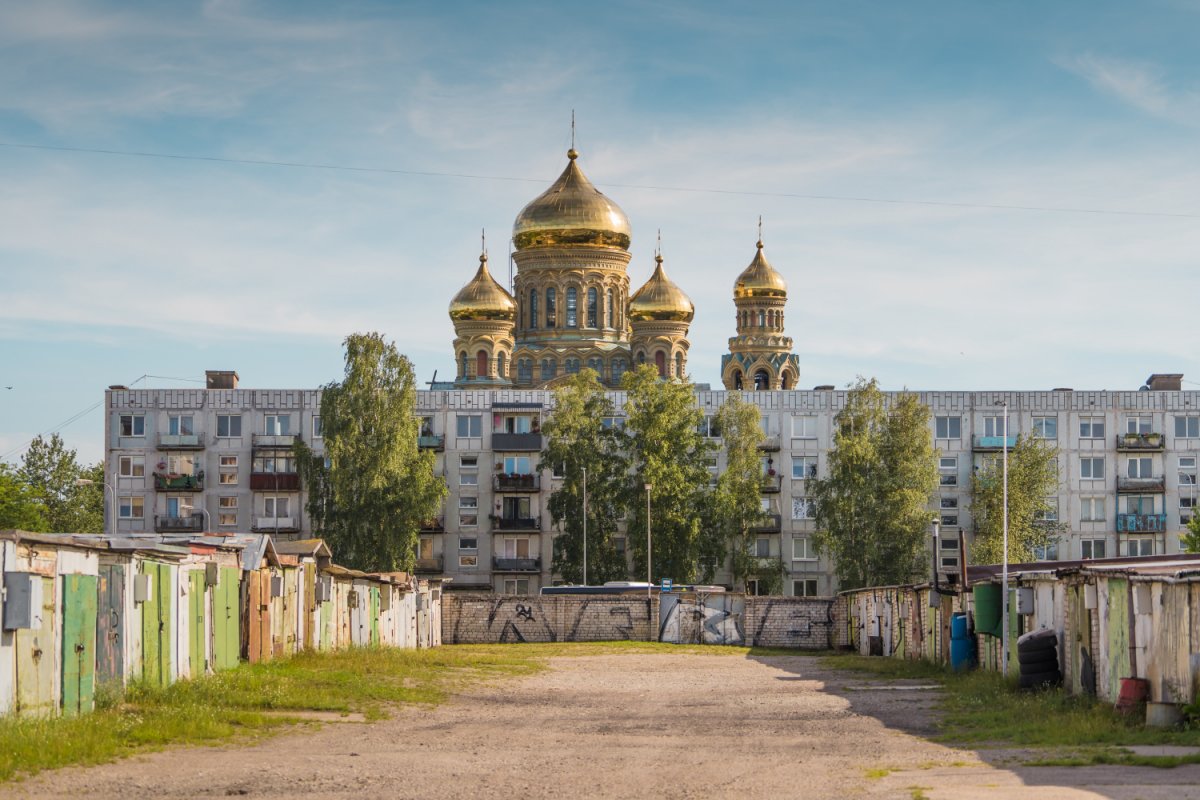
Image Credits: Courtesy of Liepaja municipality and FutureDivercities program
*Future DiverCities is a four-year project funded by the European Commission (Creative Europe) and implemented by European organisations seeking to re-imagine culture-led regeneration of urban empty spaces in an ecological way. The project developed cultural approaches to enhance and preserve the ecological value of unused vacant spaces in 8 European Cities: Berlin, Zagreb, Liepaja, Kuopio, Marseille, Florence, Timişoara and Athens.














